Pocket Pussy Materials: TPE vs Silicone Feel — Complete Comparison
Pocket Pussy Materials: TPE vs Silicone Feel
Folks, choosing between TPE and silicone for your pocket pussy isn't about which material is "better"—it's about which tradeoffs match your priorities. TPE delivers ultra-soft, skin-like realism that's immediately impressive but requires diligent maintenance and has a shorter lifespan. Silicone offers crisp texture definition, simple care, and years of durability but feels firmer and costs more upfront. Neither is objectively superior; they're fundamentally different experiences with distinct advantages.
This guide breaks down exactly how these materials differ in hand-feel, texture clarity, temperature response, maintenance requirements, longevity, and cost. You'll understand the material science basics that create these differences, know precisely what each material demands for care, and have a clear decision framework to pick based on your actual priorities—whether that's maximum realism, minimal maintenance, long-term value, or something else entirely. If you're still deciding on a toy design, start with our complete pocket pussy buying guide.
⚕️ Educational Resource Notice: This content is for educational and informational purposes only and does not constitute medical, therapeutic, or professional health advice. The information provided is based on sexual wellness best practices and product knowledge, not medical expertise. Always consult qualified healthcare providers for personal health concerns, medical conditions, or questions about sexual health. If you experience pain, discomfort, allergic reactions, or other adverse effects from any product, discontinue use immediately and seek appropriate medical care.
Quick Answer: Silicone sleeves are durable, non-porous, and slightly firmer, delivering crisp textures and simpler care. TPE feels ultra-soft and stretchy but is porous, needs thorough drying and renewal powder, and may wear faster. Use water-based lube with both; avoid silicone lube on silicone toys.
📋 Table of Contents
Material Science Fundamentals
Understanding the basic chemistry and physics behind these materials explains why they behave so differently.
Porosity: The Critical Difference
Non-porous silicone: Platinum-cure silicone has a completely sealed molecular structure with no microscopic holes or gaps. Think of it like glass—smooth, impenetrable surface. Bacteria, fluids, and moisture stay on the surface rather than penetrating into the material. This makes silicone inherently more hygienic and easier to clean.
Porous TPE: Thermoplastic elastomer has a porous structure—microscopic spaces throughout the material. Imagine a very fine sponge. These tiny pockets can trap moisture, bacteria, and residue even after surface cleaning. This isn't a defect; it's the nature of the material. The porosity contributes to TPE's softness but requires more careful hygiene practices.
Real-world impact: Silicone can be cleaned with soap and water, air-dries completely, and doesn't harbor bacteria if maintained properly. TPE requires immediate cleaning, complete 4-6 hour drying, and renewal powder to prevent bacterial growth in porous spaces. Non-porous is objectively easier to maintain. Learn more in our complete cleaning guide.
Firmness and Durometer
Shore A hardness scale: Material firmness is measured on the Shore A durometer scale. Lower numbers = softer; higher numbers = firmer. Most pocket pussies use materials in the 00-50A range.
Typical TPE range: 00-20A (extremely soft, highly compressible). TPE yields readily under pressure, compresses easily, and returns to shape more slowly. This softness creates the "skin-like" feel users praise.
Typical silicone range: 10-30A (soft but with structure). Silicone provides more resistance, compresses less readily, and snaps back to shape quickly. The firmness creates clearer texture definition but feels less yielding than TPE.
Sensation difference: TPE feels like it "hugs" and envelops gently. Silicone provides more solid feedback—you feel texture ridges pushing back rather than yielding around you. Neither is wrong; they're different sensory experiences. See how this affects technique in our how to use a pocket pussy guide.
Temperature Response
TPE thermal properties: Warms quickly to body temperature (98°F / 37°C) within 1-2 minutes of use. Holds warmth for 15-20 minutes after use ends. Feels naturally warm in hand almost immediately. Pre-warming in warm water for 5-10 minutes brings it to body temp before first contact.
Silicone thermal properties: Takes 5-10 minutes of use to reach body temperature due to higher thermal mass. Retains temperature longer—stays warm for 30+ minutes after use. Feels cooler initially but maintains warmth more consistently during extended sessions. Pre-warming takes 10-15 minutes in warm water.
User experience: TPE feels immediately "ready" temperature-wise, which enhances the realistic feel from the first moment. Silicone starts slightly clinical but becomes more comfortable as it warms. For quick sessions, TPE's instant warmth is advantageous. For extended play, silicone's heat retention works well.
Stretch and Flexibility
TPE stretch capacity: Can stretch 200-400% of its original size. Extremely forgiving for different sizes. The high stretch creates a snug feel without uncomfortable pressure. However, excessive stretching over time can cause material fatigue—TPE may permanently stretch in high-stress areas after 6-12 months.
Silicone stretch capacity: Typically stretches 100-200%. Less elastic than TPE but more "springy"—returns to original shape more reliably even after years of use. The lower stretch means silicone toys need more precise sizing, but they maintain their fit characteristics throughout their lifespan. Check our male masturbators sizing guide for fit considerations.
Sensation Differences in Use
Material properties translate directly into tactile experience during use.
Texture Clarity and Definition
Silicone texture precision: Ribs, rings, nubs, and chambers remain sharply defined throughout each stroke. Edges stay crisp even under pressure. You feel each texture element distinctly and consistently. The firmness means texture doesn't compress away—it provides consistent feedback regardless of grip pressure. Texture definition doesn't change over the toy's lifespan.
TPE texture experience: Textures feel softer and more yielding. Edges compress more readily, creating a gentler sensation. Under firm grip pressure, TPE texture can flatten somewhat, reducing feedback. Over 6-12 months, texture definition may gradually soften as the material compresses from repeated use. The upside: TPE texture never feels harsh or aggressive, even with very detailed designs.
Which is better? Silicone for users who want pronounced, consistent texture feedback. TPE for users who prefer subtler, more forgiving textures or find firm textures overstimulating.
Grip and Squeeze Behavior
Silicone response: Compresses partially under grip but maintains structural integrity. You can squeeze the case moderately hard and feel resistance—the canal narrows but doesn't collapse. This allows fine-tuned intensity control through grip pressure adjustments. The material pushes back, creating active sensation.
TPE response: Collapses more readily under grip pressure. Moderate squeezing can close the canal significantly. This creates extremely intense gripping sensation when you want it but requires lighter grip for gentler play. The material yields rather than pushes back, creating passive envelopment.
Control implications: Silicone offers more gradual intensity scaling—small grip changes create proportional sensation changes. TPE has a steeper intensity curve—small grip increases create larger sensation jumps. Choose based on whether you want linear control (silicone) or dramatic contrast capability (TPE).
Suction and Vacuum Feel
Silicone suction: In closed-end designs with suction caps, silicone maintains consistent vacuum pressure. The firmer material doesn't collapse under vacuum, so suction feels even throughout the stroke. Air valves provide predictable, adjustable control. Suction effects remain consistent over the toy's lifetime.
TPE suction: Creates stronger vacuum sensation initially because the softer material compresses more readily, intensifying the pull. However, very soft TPE may partially collapse under strong suction in some designs, creating variable pressure. Suction characteristics may change slightly as TPE softens over months of use.
Surface Hand-Feel
Silicone surface: Smooth, slightly tacky when dry (normal for platinum-cure), non-sticky after proper cleaning. Consistent texture throughout use. Doesn't change significantly over time. Some describe it as "velvety" or "satiny" but distinctly synthetic to the touch.
TPE surface: Incredibly soft, yielding, closest to skin texture of any synthetic material. When properly maintained with renewal powder, feels silky-smooth. Without powder, becomes tacky (this tackiness isn't damage—it's normal but unpleasant). The skin-like quality is TPE's signature advantage.
Browse TheDildoHub's pocket pussies collection to compare both materials across different designs. For specialized entrance types, explore our mouth masturbators, ass masturbators, and pornstar masturbators in both material options.
Care, Maintenance & Longevity
Material choice dramatically affects your ongoing maintenance routine.
Cleaning Requirements
Silicone cleaning:
- Rinse with warm water immediately after use
- Apply mild soap or toy cleaner
- Scrub gently with fingers or soft brush
- Rinse thoroughly until no soap remains
- Pat dry and air-dry 2-3 hours for open-ended, 4-6 for closed-end
- No renewal powder needed
- Optional deep cleaning: Boil for 5-10 minutes (check manufacturer guidance)
TPE cleaning:
- Rinse with warm water immediately—don't wait
- Apply mild, unscented soap or specialized toy cleaner (harsh soaps damage TPE)
- Scrub gently—TPE tears more easily than silicone
- Rinse exhaustively—porous structure traps soap more readily
- Pat dry and air-dry 4-6 hours minimum for all designs, sometimes longer
- Apply renewal powder once completely dry—critical step
- Never boil TPE—it melts or warps
Time investment: Silicone cleaning takes 5-10 minutes total (cleaning + setup for drying). TPE takes 10-15 minutes (more careful cleaning + powder application after extended drying). Multiply by frequency of use to understand ongoing time commitment. For complete protocols, see our how to clean a pocket pussy guide and cleaning strokers & masturbators guide.
Stock up on proper care supplies at TheDildoHub's toy cleaners and water-based lubricants collection.
Drying Considerations
Silicone drying: Non-porous surface means only surface water needs evaporation. Faster drying (2-3 hours for open-ended, 4-5 for closed-end). Less vulnerable to moisture-related issues. Can tolerate slight humidity during drying without major problems.
TPE drying: Porous structure absorbs moisture into the material, not just surface retention. Requires longer drying (4-6 hours minimum, sometimes 8+ for thick-walled designs). Extremely vulnerable to incomplete drying—trapped moisture promotes mold and bacterial growth rapidly. Must dry in low-humidity environment for best results.
Real-world scenario: If you use your toy in the evening and want it ready for next evening, silicone is reliable—clean at night, dry by mid-afternoon. TPE requires overnight drying to guarantee complete moisture removal, making it less convenient for frequent use.
Lifespan and Degradation Patterns
Silicone longevity: 2-5 years with proper care. Degradation is minimal—slight yellowing from UV exposure or material softening from harsh cleaners, but texture and structural integrity remain intact. Most silicone toys are retired due to user preference changes rather than material failure.
Signs of silicone aging: Slight discoloration (yellowing), surface becoming stickier (can often be resolved with cornstarch dusting), very minor texture softening at highest-stress points. These occur after years, not months.
TPE longevity: 6-18 months depending on use frequency and care quality. Degradation is more noticeable—progressive softening, texture flattening, increased tackiness even with powder, possible discoloration, and eventual tearing at stress points (entrance, tight textures).
Signs of TPE aging: Permanent tackiness that powder can't fix, material tearing or cracking, persistent odors after cleaning, significant texture flattening, discoloration spreading from high-use areas. Typically noticeable after 6-12 months of regular use.
Cost-per-year calculation: $80 silicone toy lasting 4 years = $20/year. $40 TPE toy lasting 12 months = $40/year. Silicone's higher upfront cost often delivers better long-term value despite TPE's appealing initial price. Compare options in our budget male masturbators under $50 and best male masturbators 2025 rankings.
Lube Compatibility
Universal rule: Water-based lube is safe for both materials. This is your default regardless of toy material. Quality water-based formulas provide excellent glide, clean easily, and pose zero risk of material damage.
Critical silicone lube warning: Never use silicone-based lube with silicone toys. Silicone lube chemically bonds with and degrades silicone materials, causing permanent stickiness, surface breakdown, and material failure. This isn't "might damage"—it will damage. Not negotiable.
TPE lube flexibility: TPE is compatible with both water-based and silicone-based lubes. However, silicone lube is harder to clean from TPE's porous structure, requiring more thorough washing. Recommendation: stick with water-based for TPE anyway—it's simpler.
Oil-based lubes: Avoid for both materials. Difficult to clean, can degrade TPE over time, not compatible with condoms if you use barriers. No advantages to offset the hassles.
⚠️ Lube Compatibility Warning
NEVER use silicone-based lube on silicone toys. This causes permanent, irreversible material damage. Always verify your lube is water-based before use. When in doubt, check the label or contact the manufacturer. TheDildoHub's water-based lubricants collection includes only verified safe options for all toy materials.
Cost, Value & Budget Considerations
| Factor | TPE | Silicone |
|---|---|---|
| Initial Cost | $25-60 typically | $50-120+ typically |
| Expected Lifespan | 6-18 months | 2-5 years |
| Cost Per Year | $30-50/year | $15-30/year |
| Maintenance Time | Higher (powder + long drying) | Lower (simple cleaning) |
| Replacement Frequency | Every 6-18 months | Every 2-5 years |
| Entry Barrier | Low (affordable experimentation) | Higher (commitment required) |
Budget perspective: TPE makes sense when you're exploring what you like, want to try multiple styles without major investment, or prefer replacing toys regularly for variety. Silicone makes sense when you've found a style you love, value convenience, and want maximum cost efficiency over years.
Value calculation example: $50 TPE toy replaced every 12 months over 4 years = $200 total. $100 silicone toy lasting 4 years = $100 total. The silicone option costs half as much long-term despite double the upfront price.
If you're budget-conscious, explore our budget male masturbators guide for quality options in both materials under $50.
Decision Framework: Which Material Fits Your Priorities?
Choose TPE If You:
- Prioritize soft, skin-like realism above all else—TPE delivers the most realistic hand-feel
- Have sensitivity to firm textures—TPE's softness makes textures gentler
- Are exploring what you like—lower cost allows experimentation with multiple styles across different masturbator types
- Don't mind maintenance routines—you're willing to invest time in proper drying and powdering
- Like variety through replacement—shorter lifespan means you naturally try new models
- Have tighter budgets initially—upfront cost is lower even if cost-per-year is higher
- Want immediate warmth—TPE reaches body temperature almost instantly
- Prefer softer entrance feel—especially relevant for mouth and ass masturbator designs
Choose Silicone If You:
- Prioritize durability and longevity—silicone lasts years with minimal degradation
- Want crisp, defined texture feedback—silicone maintains sharp texture edges
- Value maintenance convenience—simpler cleaning, faster drying, no powder needed
- Travel frequently—silicone is more packable and travel-friendly
- Seek long-term value—better cost-per-year despite higher initial price
- Prefer hygienic peace of mind—non-porous surface is inherently more sanitary
- Have found your preferred style—makes sense to invest in quality once you know what works
- Want consistent performance—texture doesn't change over toy's lifespan
- Use toys frequently—faster drying enables more regular use
Hybrid Strategy:
Many users own both materials for different purposes:
- Premium silicone as daily driver—durability and convenience for regular use
- TPE for special occasions—ultimate softness when you want maximum realism
- Silicone for travel—easier maintenance on the road
- TPE for variety—try different textures/styles affordably without replacing main toy
- Material choice by entrance type—perhaps realistic silicone for durability, pornstar TPE for ultra-realism
This approach maximizes the benefits of each material while minimizing compromises.
💡 Material Selection Pro Tip
If you're trying a new style or texture pattern for the first time, start with TPE—the lower cost makes experimentation more affordable. Once you've identified your favorite design, consider upgrading to the silicone version of that specific model for long-term use. Many manufacturers offer the same internal canal design in both materials. Browse pocket pussies and full-sized masturbators to compare material options.
Frequently Asked Questions
Choose Your Ideal Material
Shop TheDildoHub for pocket pussies in both TPE and silicone—compare materials, textures, and designs to find your perfect match.
🛍️ Browse pocket pussies, all male masturbators, and specialized collections
🌟 Explore pornstar designs, mouth masturbators, ass masturbators
💡 Compare vibrating options and full-sized models
💦 Stock up on water-based lubricants and toy cleaners
📚 Learn more: Buying guide, usage guide, cleaning guide
✅ Discreet shipping from California in plain, unmarked packaging
💳 Discreet billing appears neutral on statements—details on our shipping and privacy page
🎁 Free sexy gift with every order as our thank-you
💬 Friendly, judgment-free support if you need help choosing materials
📦 Quick handling and reliable US delivery from our California warehouse
⭐ 4.8/5 stars on Trustpilot—read real reviews at our Trustpilot page
Understand the tradeoffs. Make the informed choice. Experience the difference.


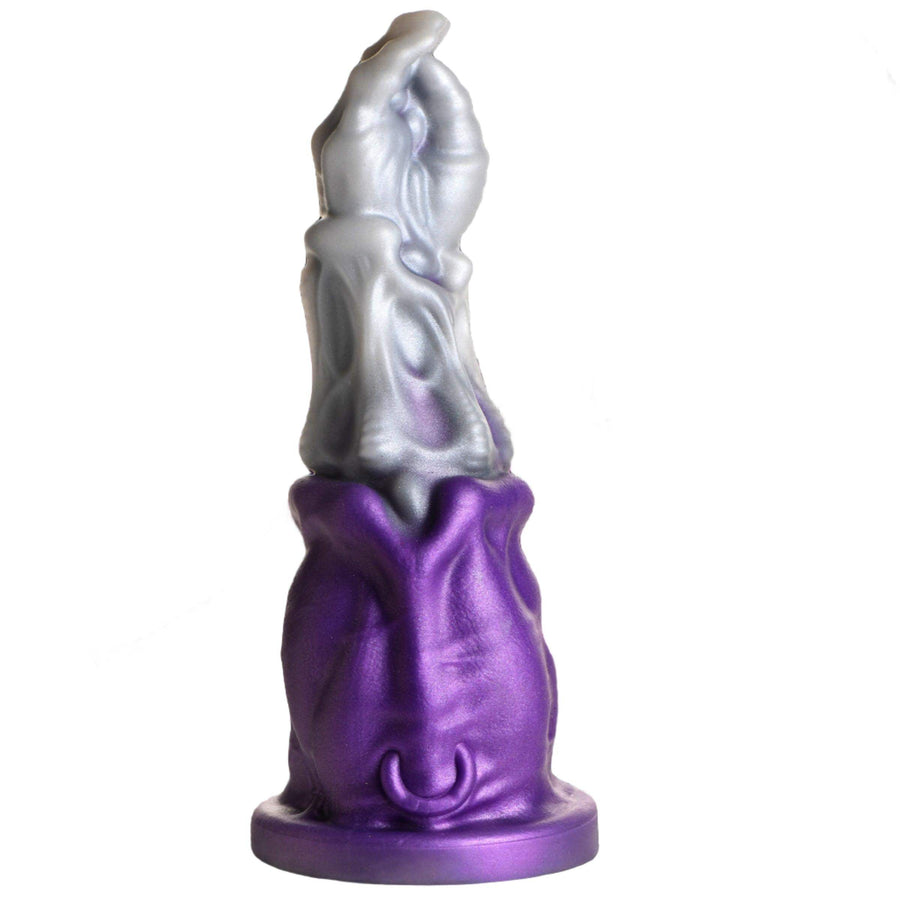
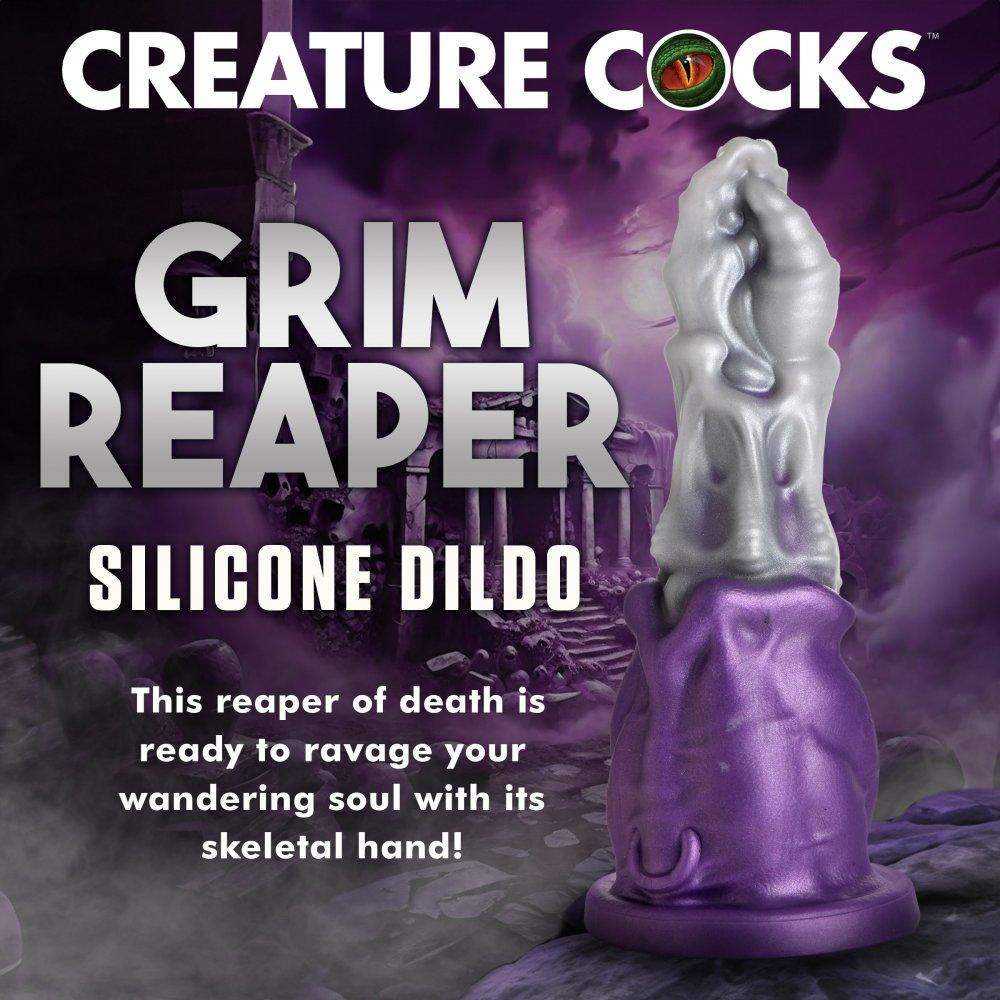
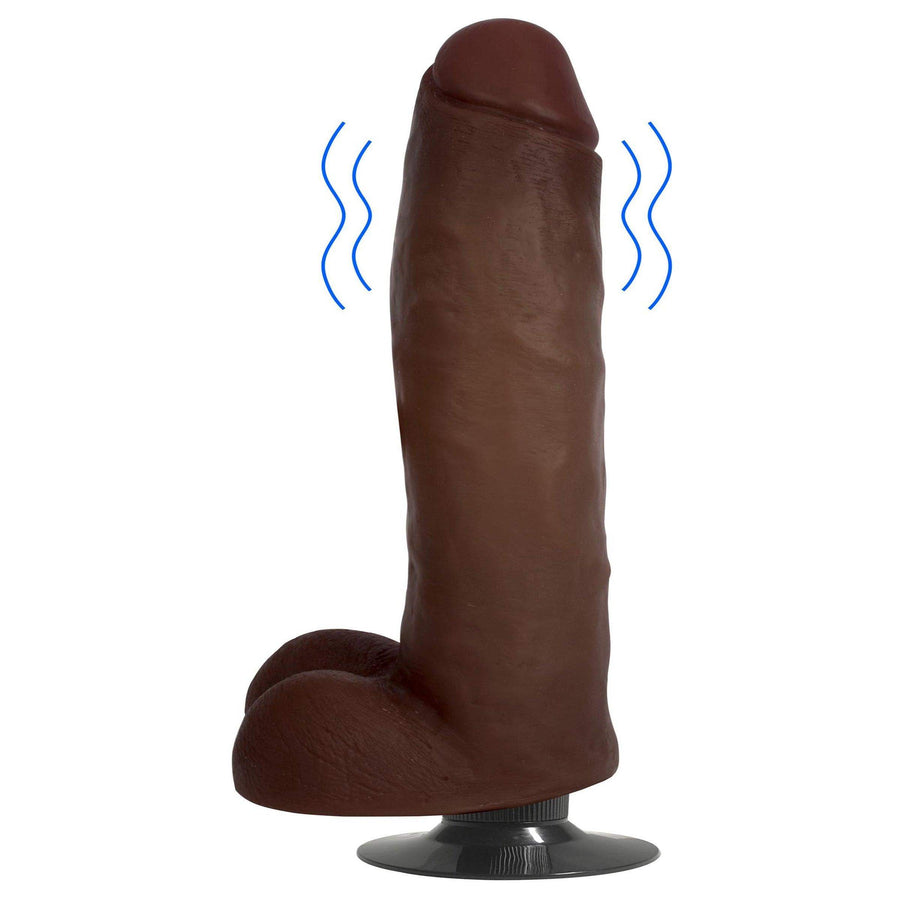
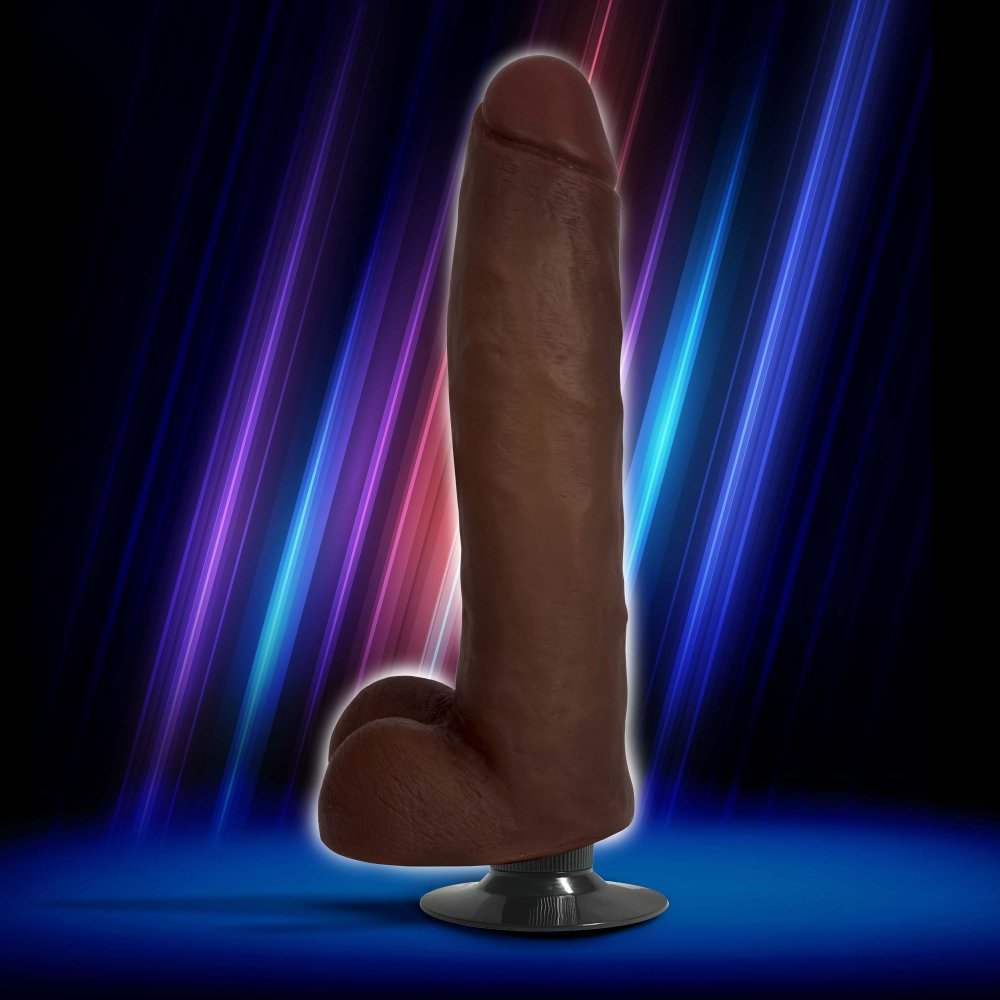
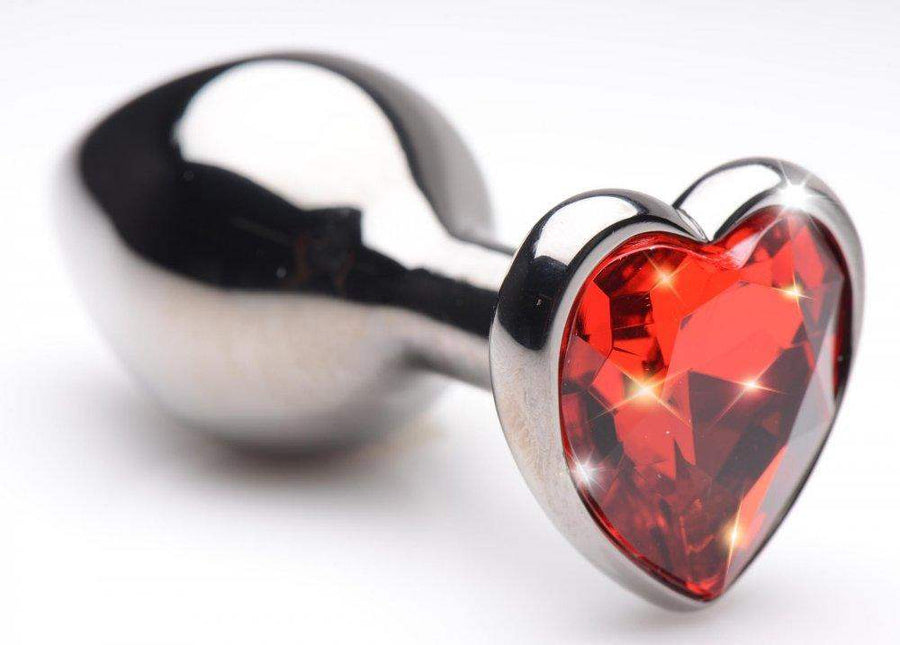


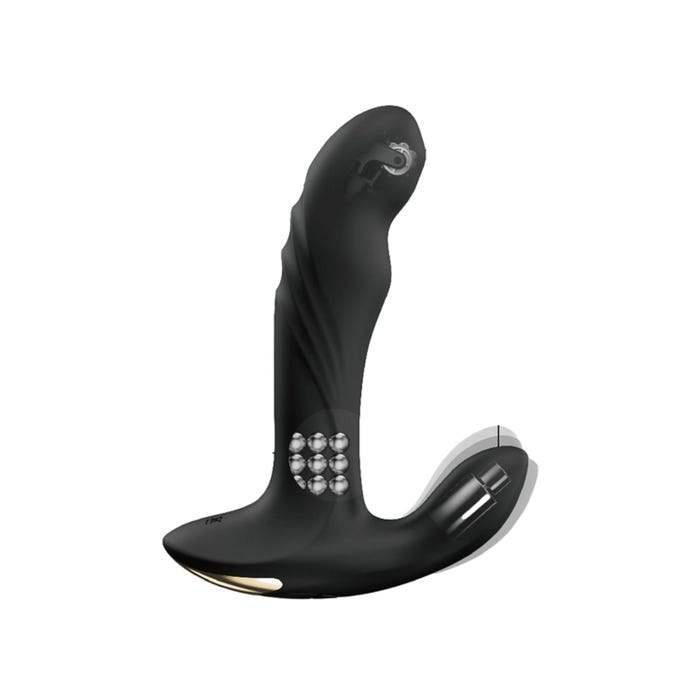



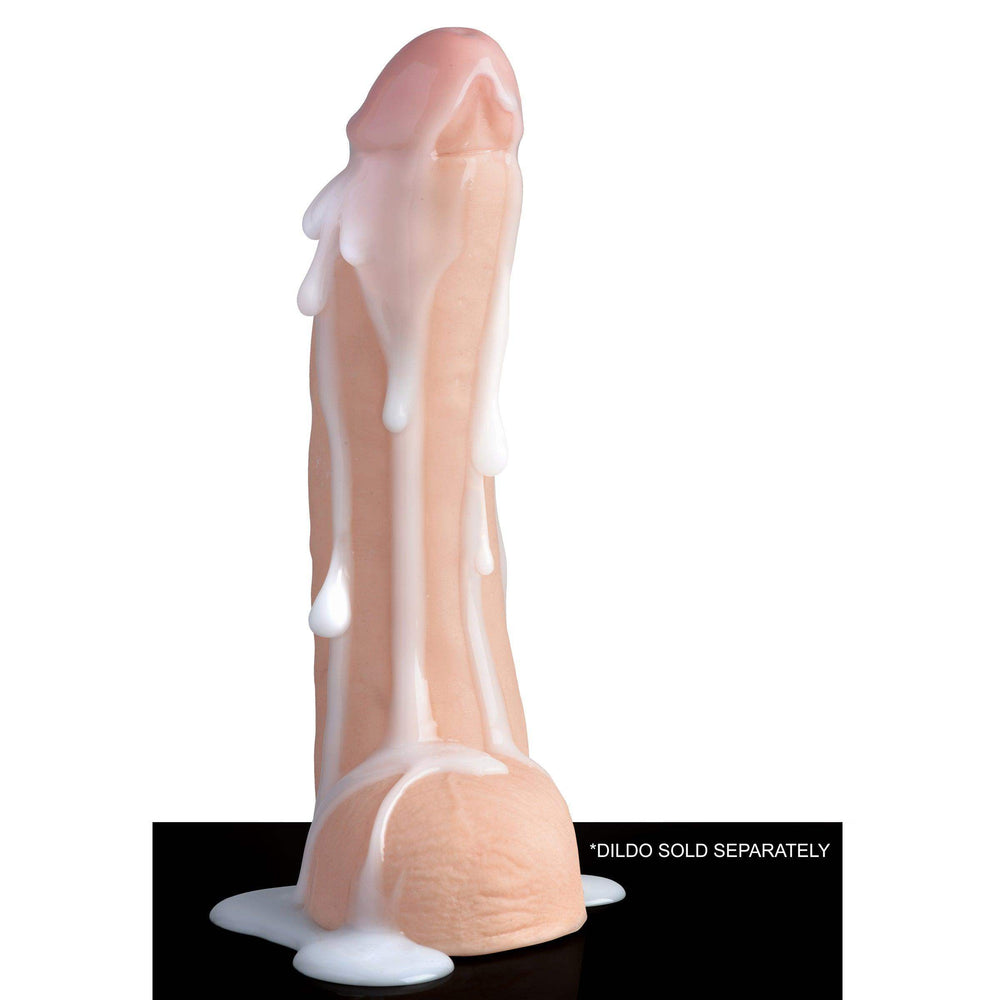



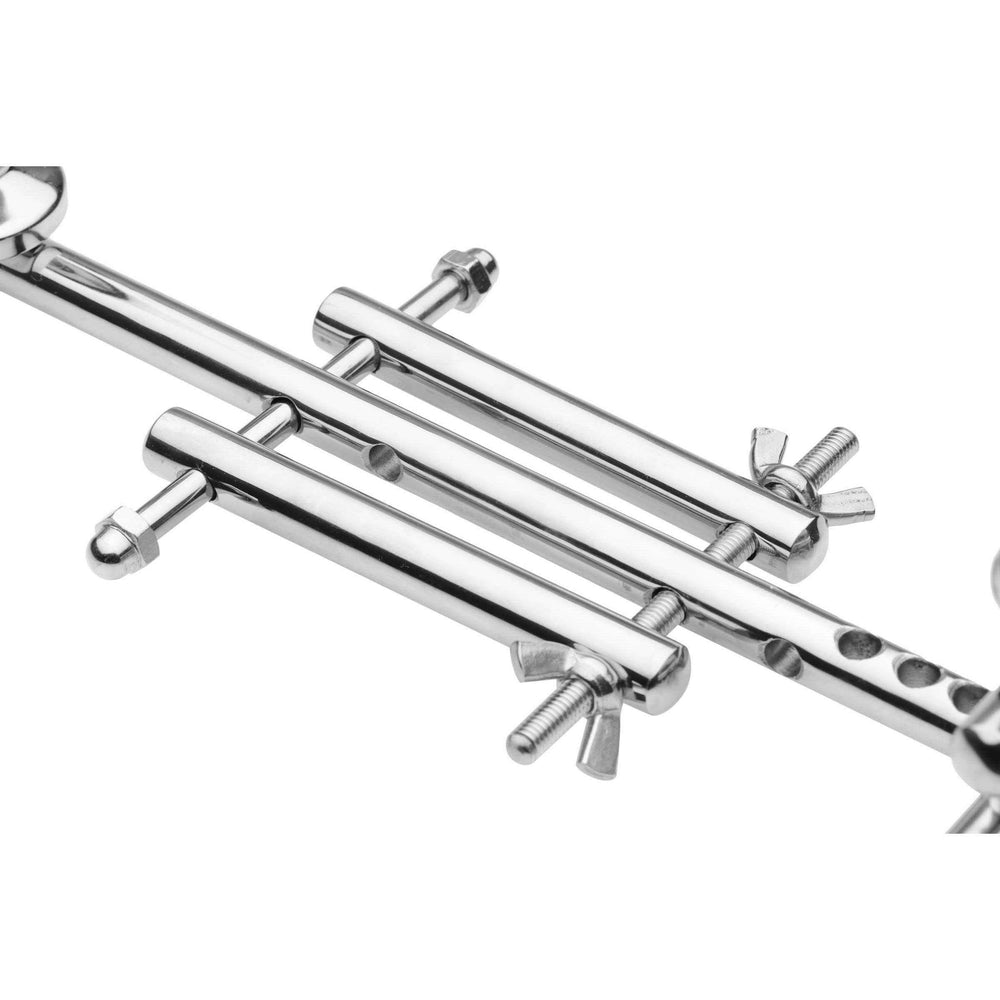

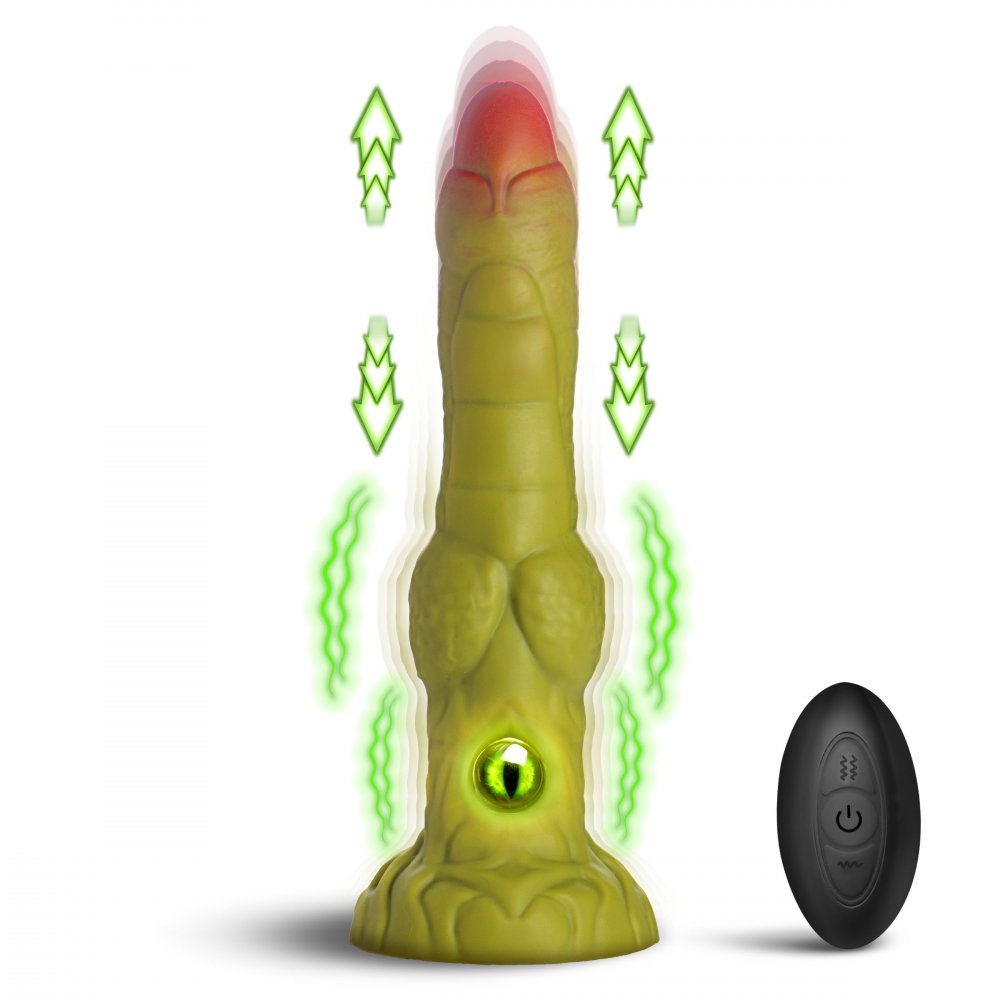
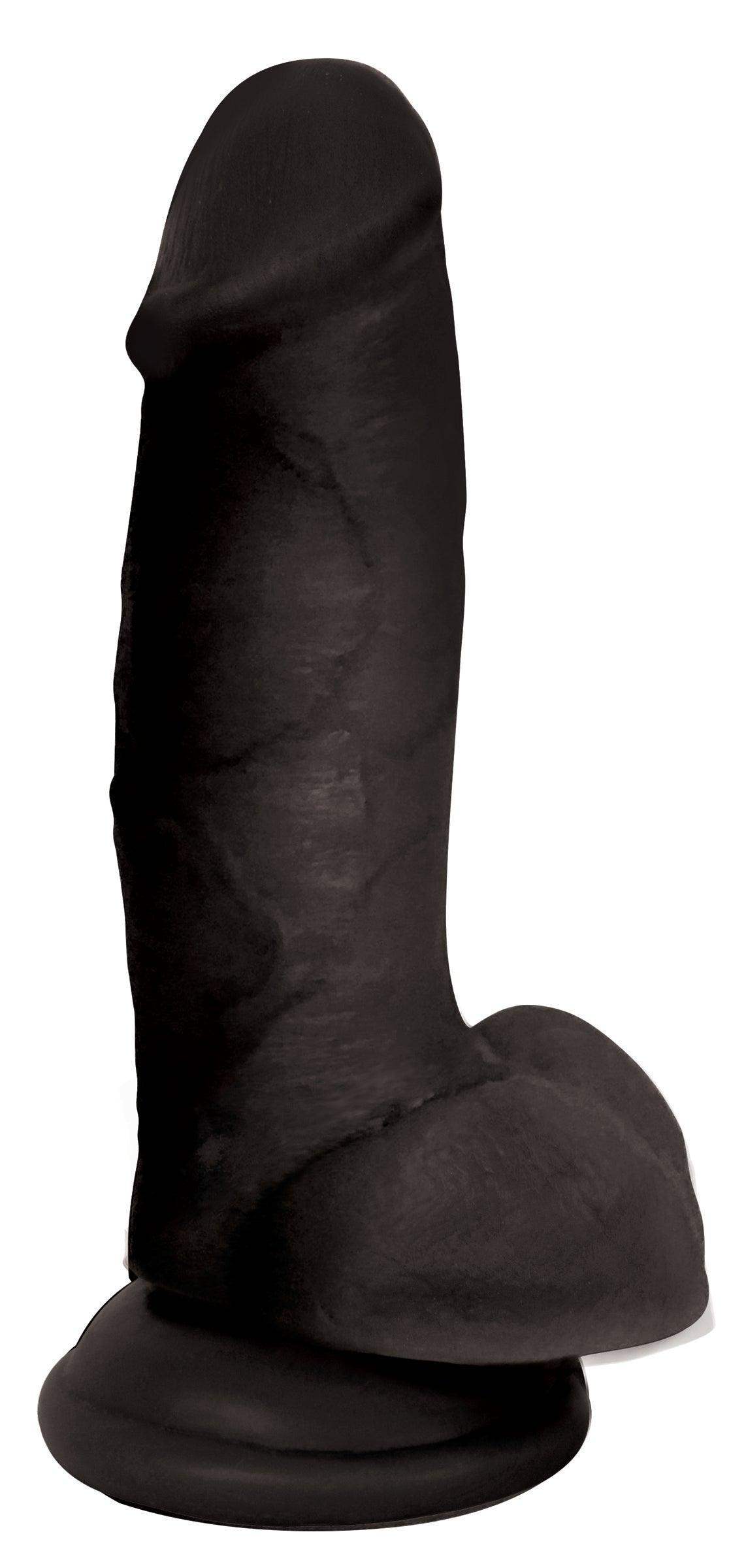









Leave a comment